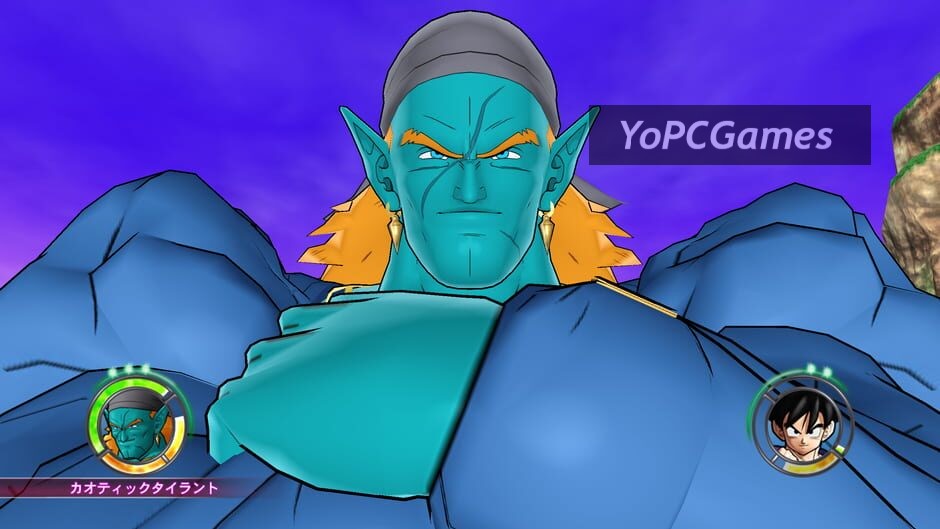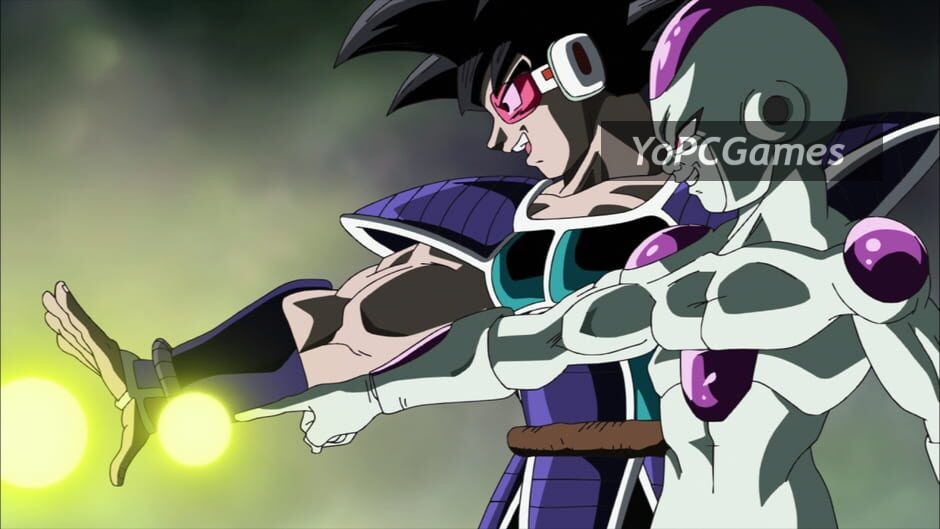

Battle Zoneīattle Zone is similar to other fighting games challenge type modes. Progressing through this mode unlocks almost every other playable character and level, but not all the modifiers. All of which can be carried over to other single player modes and multiplayer (local and online). Through this mode players unlock modifiers they can use on their character to increase their Health, Ki, and attacks as well as other buffs and modifications.

You follow a chain of fights that eventually lead to their story climax, with branching and challenging paths along the way. Galaxy Mode is a very loose telling of each characters progression through their DBZ story (as mentioned above). Also showing are some developer made "What-If" match ups.
#Dragon ball z raging blast 2 pc download android#
Contents from the Saiyan arc, Namek arc, Android arc, and Majin Buu arc appear as well as content from Dragon Ball Z movies and specials. Game ModesĪlthough there is no deep telling of the story, the Dragon Ball Z story is played out again in this sequel. Watching this short film in-whole unlocks the bonus character Hatchiyack (a central antagonist of the film). It is the remake of the 1993 OVA Dragon Ball Z Gaiden: Saiyajin Zetsumetsu Keikaku, which was released on VHS as both an animated adaptation of and "visual walkthrough" to the 1994 Famicom game of the same name. The game also includes a bonus short animated film titled "Plan to Eradicate the Super Saiyans". It later received a spiritual sequel, titled Dragon Ball Z: Ultimate Tenkaichi. It also uses a new graphical style (giving it less of a cel-shaded appearance) and features new gameplay modes. It is the sequel to Dragon Ball: Raging Blast (and a spiritual successor to the Dragon Ball Z: Budokai Tenkaichi series), adding 26 new playable characters and transformations (most of which come from the Dragon Ball Z animated films). Dragon Ball: Raging Blast 2 is a 3D sci-fi fantasy fighting game developed by Spike and published by Namco Bandai for the Xbox 360 and PlayStation 3 in North America (on November 2, 2010), Europe (on November 5, 2010), and Japan (on November 11, 2010).


 0 kommentar(er)
0 kommentar(er)
